Comfiest Sofa Solutions - Ultimate Comfort for Your Living Space
The quest for the comfiest sofa represents one of the most important furniture decisions for any home. A truly comfortable sofa transforms your living space into a sanctuary of relaxation, providing the perfect spot for everything from movie nights and casual reading to serious napping and quality time with loved ones. Comfort in seating goes beyond simple cushion softness—it encompasses ergonomic support, proper proportions, quality materials, and thoughtful design that work together to create an exceptional sitting experience.
In this comprehensive guide, we explore what truly makes a sofa comfortable and help you identify the features that contribute to long-lasting seating satisfaction. We've evaluated numerous sofa models based on cushion composition, support systems, ergonomic design, material quality, and overall comfort performance. Whether you prioritize plush softness, firm support, or the perfect balance between the two, this review will guide you toward finding the comfiest sofa that meets your specific comfort preferences and enhances your daily relaxation.
Our Comfiest Sofa Recommendations
⚠️ AFFILIATE DISCLOSURE: This website contains affiliate links. As an Amazon Associate, we earn from qualifying purchases. If you make a purchase through these links, we may receive a small commission at no additional cost to you. Read our full affiliate policy.
Comfortable Sofa Comparison & Recommendations
Which Comfiest Sofa Matches Your Comfort Preferences?
🏆 Best Overall: Premium Comfort Sofa
Luxury Comfort Design
💰 Best Value: Quality Comfort Sofa
Balanced Comfort Design
⭐ Best for Relaxation: Deep Seating Sofa
Maximum Comfort Design
Comfort Comparison Summary
- Cushion Types: High-resiliency foam offers best long-term support, down provides luxurious softness, combinations balance both
- Seat Depth: Standard depths suit most users, while deeper seats accommodate taller individuals and lounging preferences
- Back Support: Higher backs provide better spinal support, while lower backs suit contemporary decor and casual seating
- Arm Comfort: Padded arms enhance comfort for leaning and lounging, while wooden arms prioritize style
- Comfort Longevity: Quality cushion materials maintain comfort over years, while cheaper options degrade quickly
Comfiest Sofa Advantages & Considerations
Understanding both the benefits and practical considerations of ultra-comfortable sofas helps set realistic expectations for your furniture investment:
✅ Comfiest Sofa Advantages
Enhanced Relaxation: Transforms your living space into a true relaxation zone where you can comfortably unwind, read, watch movies, or nap without discomfort or the need to constantly shift positions.
Improved Well-being: Proper ergonomic support reduces physical strain on your back, neck, and joints during extended sitting sessions, contributing to better overall physical comfort and reduced fatigue.
Social Enjoyment: Creates an inviting atmosphere that encourages family gatherings, friendly visits, and comfortable social interactions where guests feel relaxed and welcome to stay longer.
Versatile Usage: Accommodates various activities from formal seating to casual lounging, making the sofa suitable for diverse needs including entertaining, working, relaxing, and even occasional overnight guests.
Long-term Satisfaction: Quality comfortable sofas provide lasting enjoyment and reduce the desire for frequent furniture replacement, offering better value through extended satisfaction and use.
❌ Comfort Considerations
Space Requirements: Often feature larger proportions and deeper seats that require more floor space, which may not suit smaller rooms or compact living arrangements.
Maintenance Needs: Plush cushions and delicate fabrics may require regular fluffing, rotating, and specialized cleaning to maintain their comfortable qualities and appearance over time.
Style Limitations: The most comfortable designs sometimes prioritize function over fashion, potentially limiting options for those seeking specific aesthetic styles or very modern appearances.
Entry Difficulty: Very low or very deep seats can present challenges for individuals with mobility issues when attempting to rise from the seated position comfortably.
Cost Factors: Superior comfort features and high-quality materials typically command higher price points compared to basic or style-focused sofa options.
Comfort Value Analysis
Investing in a truly comfortable sofa delivers exceptional value through daily enjoyment and long-term satisfaction. While the initial cost may be higher than basic seating options, the quality of life improvement and extended usability make comfortable sofas a wise investment for your home. The key is identifying the specific comfort features that matter most to your lifestyle and finding the optimal balance between plush softness and supportive structure that will provide lasting satisfaction through years of regular use.
Tips for Choosing the Comfiest Sofa
Selecting the perfect comfortable sofa requires careful consideration of multiple comfort factors beyond initial softness. Follow this comprehensive guide to identify the features that contribute to lasting seating satisfaction:
8 Essential Factors When Choosing a Comfortable Sofa
1. Test Sitting Comfort Extensively
Spend significant time sitting in various positions that mirror how you actually use furniture at home. Test upright sitting, reclining, lying down, and any other common positions. Bring a book or tablet to simulate extended sitting sessions and assess long-term comfort.
2. Evaluate Cushion Composition and Quality
Understand the different cushion materials: high-resiliency foam maintains shape best, down offers luxury softness but requires maintenance, and combinations provide balanced comfort. Press firmly on cushions to check density and recovery time—quality cushions should spring back promptly.
3. Assess Seat Depth and Height
Measure seat depth to ensure comfortable leg support—standard depths work for most, while deeper seats suit taller individuals or lounging preferences. Check seat height for easy sitting and standing, particularly important for those with mobility considerations.
4. Consider Back Support and Height
Evaluate back cushion firmness and height for proper spinal support. Higher backs provide better support for leaning back, while lower backs suit contemporary styles. Check if back cushions are attached or loose, as this affects maintenance and comfort consistency.
5. Examine Armrest Comfort and Function
Test armrest height and padding for comfort when leaning or resting arms. Consider how armrest design affects lying down on the sofa. Padded arms enhance comfort, while wooden arms may limit lounging positions but offer stylistic appeal.
6. Check Frame Construction and Stability
Look for sturdy frame construction that doesn't flex or creak during use. Solid wood frames with proper joinery provide durability that maintains comfort over years. Avoid frames that feel unstable or produce noise when bearing weight.
7. Consider Your Specific Comfort Needs
Factor in individual requirements like height, weight, any physical considerations, and how multiple people will use the sofa simultaneously. Consider if you need firmer support, softer cushioning, or specific ergonomic features for optimal comfort.
8. Plan for Comfort Maintenance
Understand the maintenance required to preserve comfort, including cushion rotation, occasional fluffing, and proper cleaning. Some comfortable materials require more upkeep than others, so choose options that match your maintenance willingness and ability.
Comfort Recommendations Based on Usage
- Movie Watching: Deep-seated sofas with high arms and plush cushions for extended viewing comfort
- Reading & Relaxing: Sofas with good back support, comfortable armrests, and adjustable lighting positions
- Social Entertaining: Sectionals or large sofas with comfortable seating for multiple people and conversation areas
- Napping & Lounging: Extra-deep sofas with high backs and very plush cushioning for ultimate relaxation
- Working & Studying: Firmer sofas with good back support and comfortable but supportive seating positions
Frequently Asked Questions About Comfortable Sofas
What makes a sofa truly comfortable?
A truly comfortable sofa combines several key elements: proper seat depth for leg support, adequate back height for spinal alignment, high-quality cushion materials that provide both softness and support, and ergonomic design that accommodates various sitting positions. The combination of these factors creates seating that feels comfortable for extended periods. Additional comfort factors include appropriate seat height for easy sitting and standing, comfortable armrest design, durable frame construction that maintains stability, and upholstery that feels pleasant against the skin while being durable enough for regular use.
Which cushion type is most comfortable for long-term use?
High-resiliency foam cushions typically provide the best long-term comfort as they maintain their shape while offering consistent support. Down-filled cushions offer luxurious softness but require regular fluffing. Many comfortable sofas use combination cushions with foam cores and down wrapping for both support and plush comfort. The ideal cushion type depends on your specific comfort preferences—those who prefer firm support may prefer high-density foam, while those who enjoy sinking into softness might prefer down or down-blend cushions. For most households, high-resiliency foam or foam-down combinations offer the best balance of immediate comfort and long-term performance.
How important is seat depth for sofa comfort?
Seat depth is crucial for comfort. Standard depths of 21-24 inches work for most people, while deeper seats (25+ inches) are ideal for taller individuals or those who prefer to curl up. The ideal depth allows you to sit with your back against the cushions while your feet comfortably reach the floor. For lounging and napping, deeper seats provide more flexibility in positions. However, very deep seats can be challenging for shorter individuals to use comfortably without additional pillows for back support. Consider how you primarily use your sofa—deeper for lounging, standard for upright sitting and socializing.
Are there specific sofa styles known for exceptional comfort?
Yes, certain styles prioritize comfort, including English roll-arm sofas with deep seats, modern sectionals with chaise extensions, reclining sofas with adjustable positions, and oversized modular sofas that allow customized configurations. These styles typically feature deeper seating and more generous proportions. Traditional rolled-arm sofas often have comfortable, inviting profiles with plush cushioning, while modern sectionals provide flexible seating arrangements that accommodate various activities. Reclining sofas offer adjustable comfort positions, and modular designs allow you to create customized comfort configurations tailored to your space and usage patterns.
How can I test sofa comfort before purchasing?
Spend at least 10-15 minutes sitting in various positions, test getting in and out comfortably, check armrest height, assess back support in both upright and reclined positions, and consider how multiple people would sit together. Bring reading materials to simulate extended sitting if possible. Don't rush the testing process—sit as you normally would at home, try different positions, and pay attention to how the sofa feels after several minutes rather than just initial impression. If possible, visit showrooms at different times of day when you're more tired to get a realistic sense of how the sofa will feel during actual use in your home environment.
Conclusion
The search for the comfiest sofa is ultimately about finding seating that enhances your daily life through superior comfort and relaxation. A truly comfortable sofa becomes the centerpiece of your living space—a place where you can unwind after a long day, enjoy quality time with loved ones, and create lasting memories in complete comfort. The investment in quality comfortable seating pays dividends in daily satisfaction and long-term enjoyment of your home environment.
By understanding the key elements that contribute to sofa comfort—from cushion composition and seat dimensions to ergonomic design and quality construction—you can make an informed decision that aligns with your specific comfort preferences and lifestyle needs. The perfect comfortable sofa combines immediate comfort with lasting performance, providing a sanctuary of relaxation that serves you well for years to come.
Ready to Choose Your Comfiest Sofa?
Check out the best comfortable sofa selections above and find the one that best suits your needs. Each product has been selected based on thorough evaluation and user feedback to ensure you get the best comfort experience according to your preferences and relaxation requirements.
Related Articles You Might Like
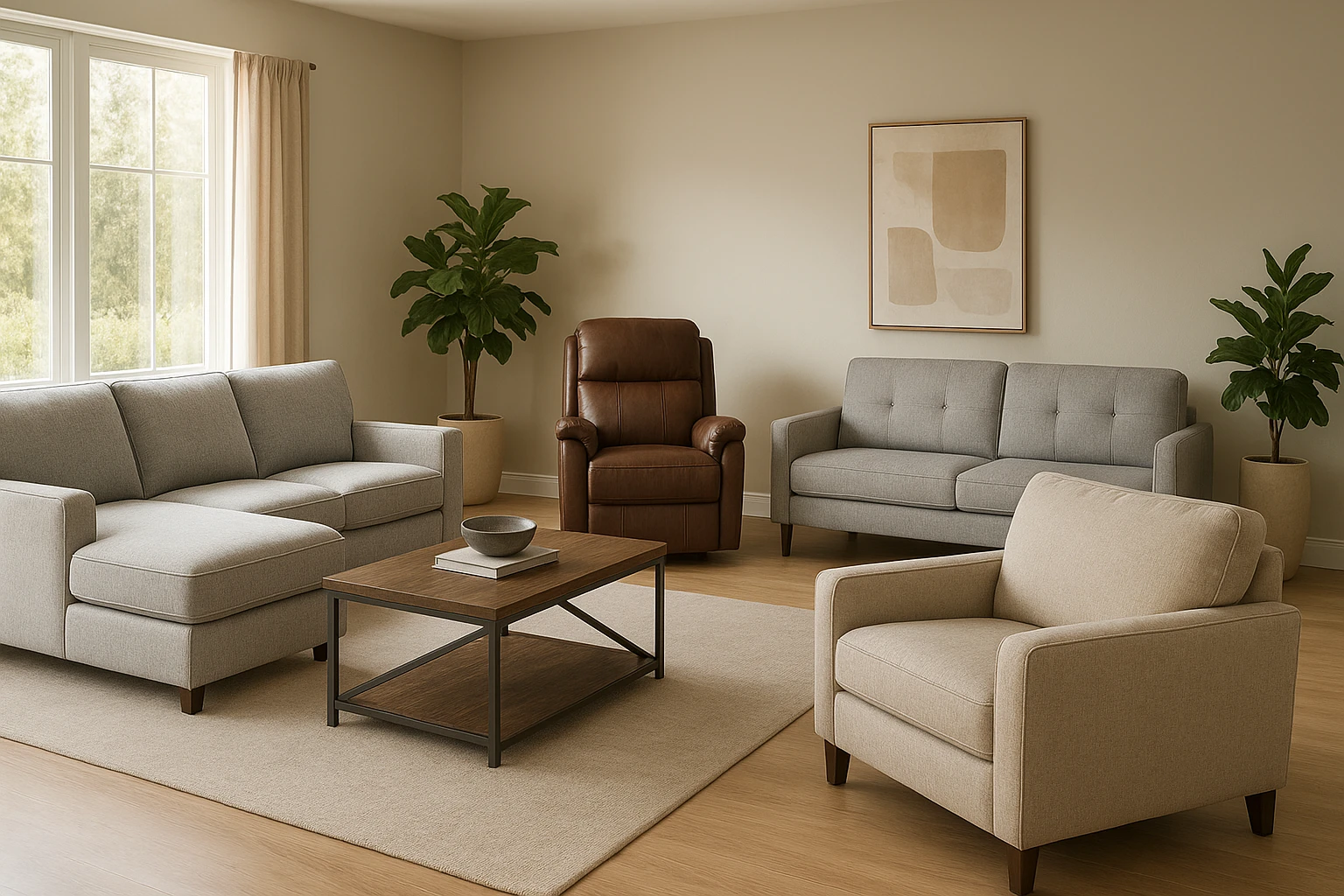
Explore the diverse world of sofas from sectionals to loveseats, understanding the benefits and ideal uses for each type in different living spaces and decor styles.
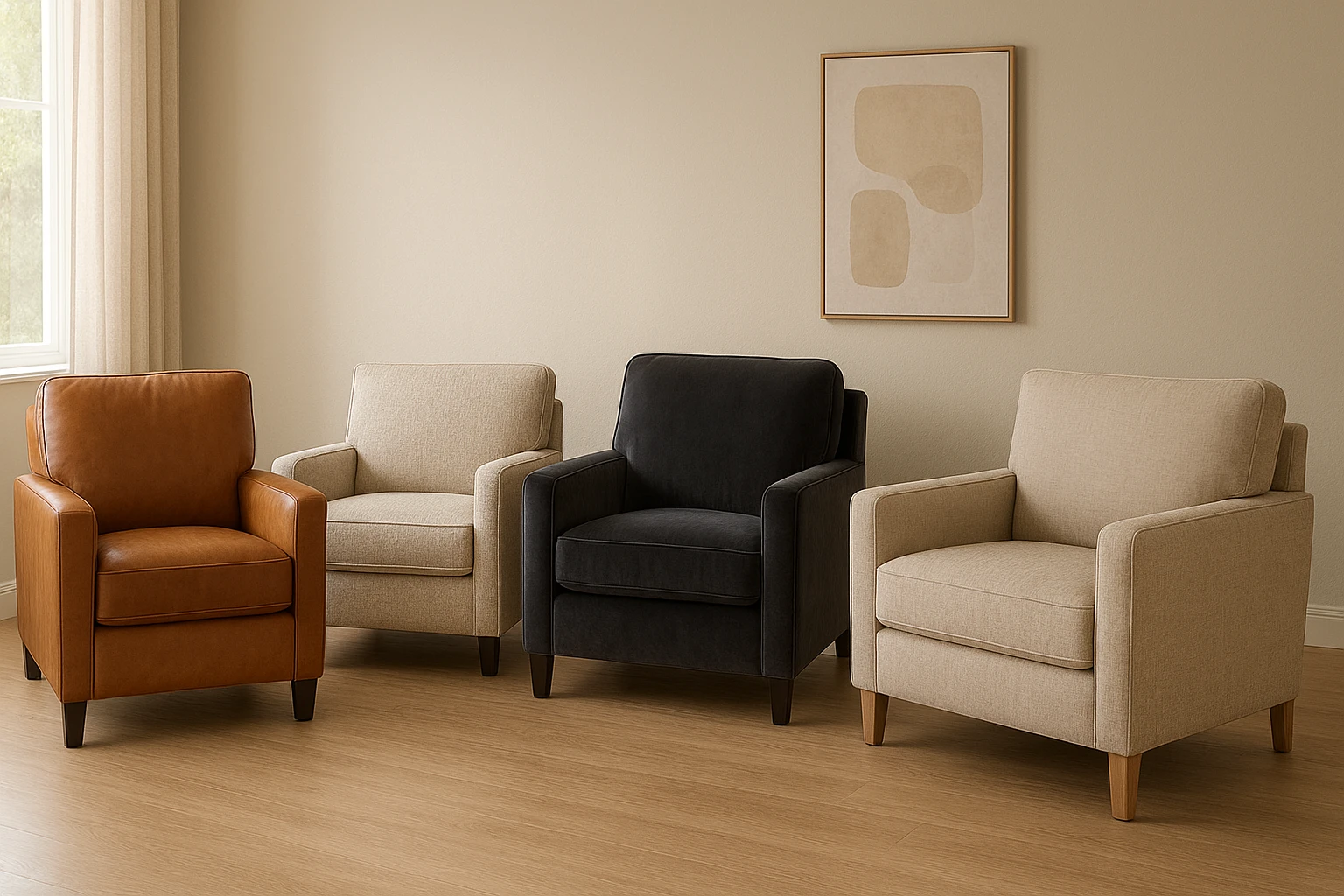
Comprehensive comparison of sofa upholstery materials including durability, maintenance, comfort, and suitability for different lifestyles and households with pets or children.
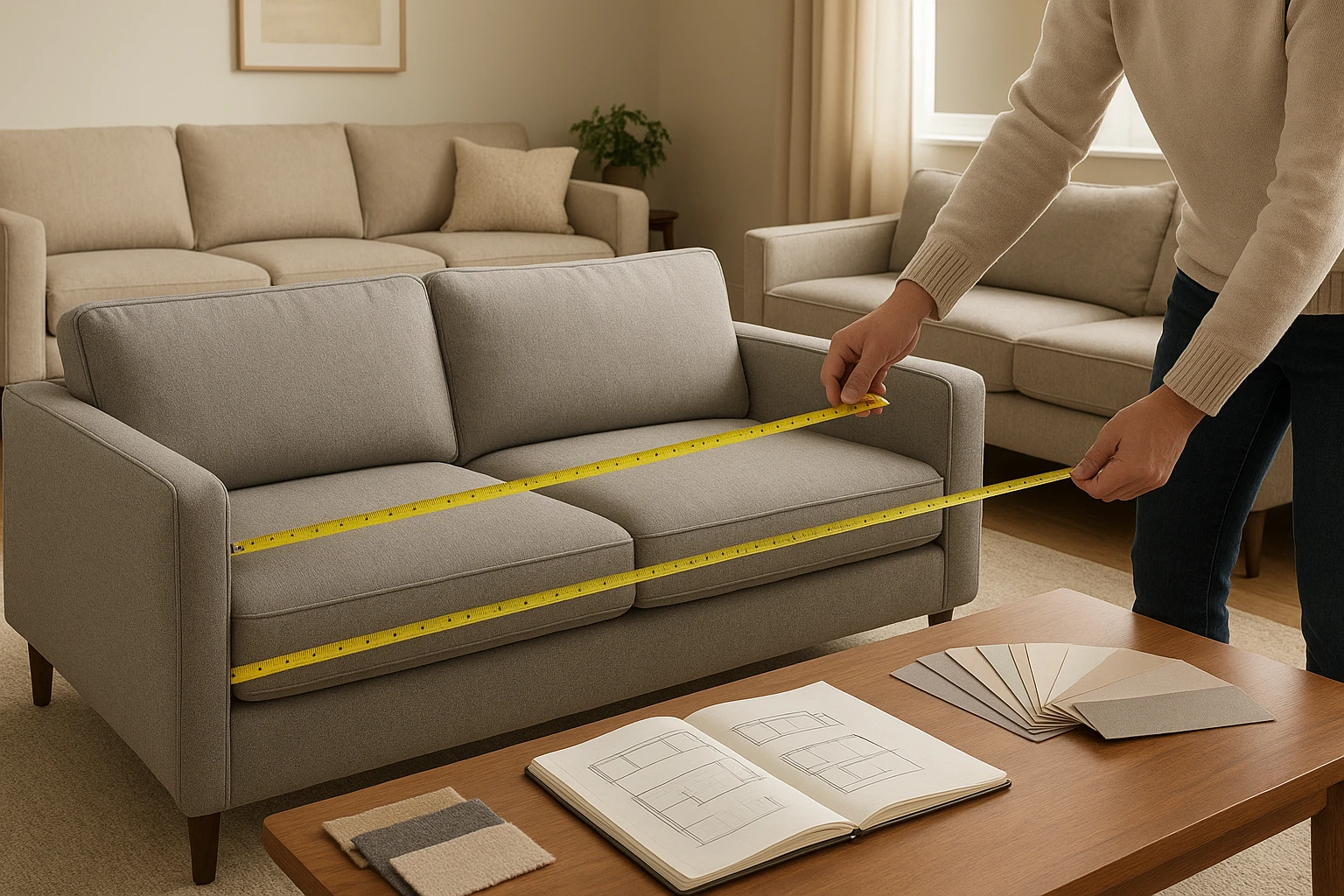
Step-by-step guide to selecting the perfect sofa based on room dimensions, lifestyle needs, comfort preferences, design aesthetics, and long-term durability considerations.
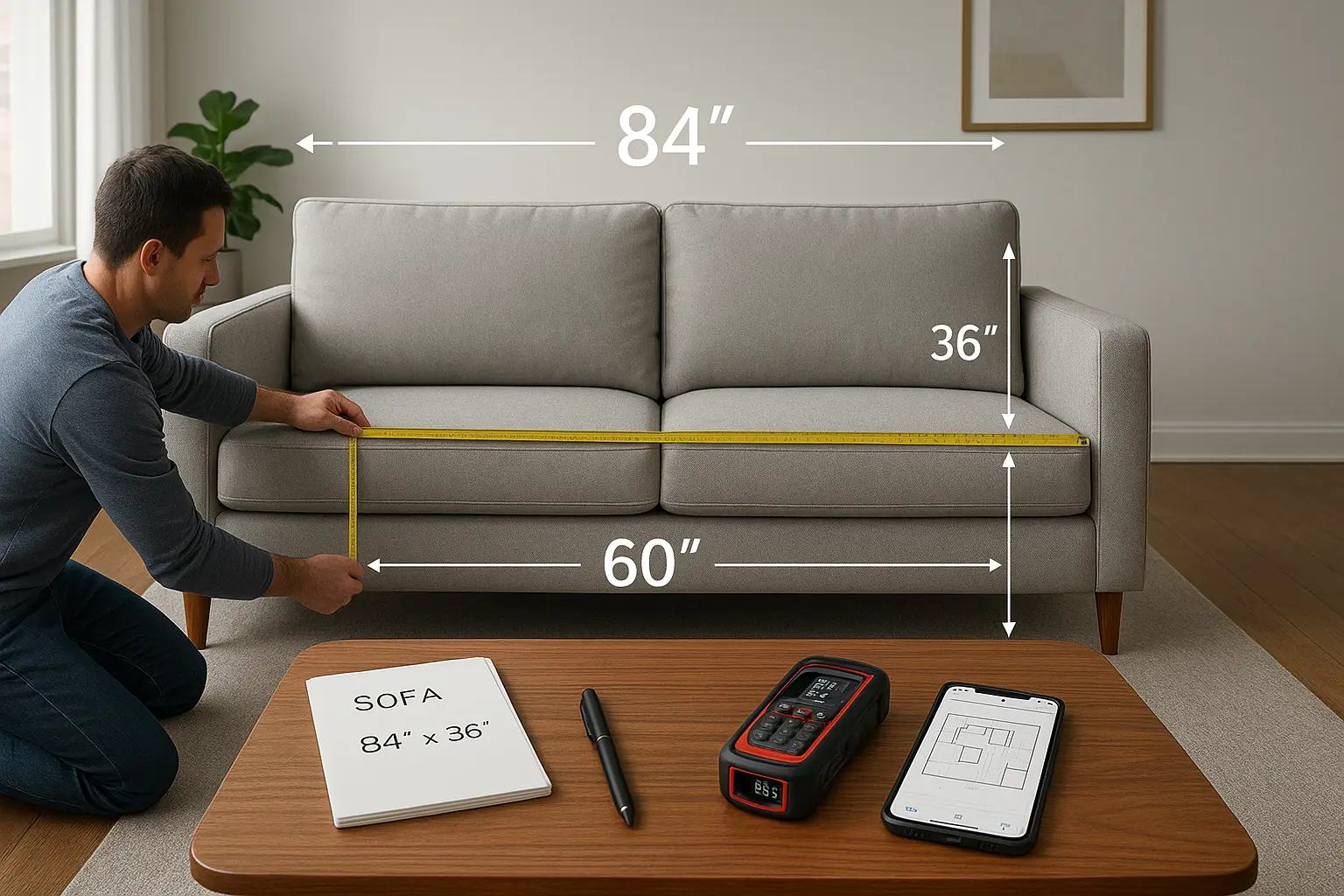
Learn how to properly measure your space and select sofa dimensions that create balanced, functional, and aesthetically pleasing room layouts with optimal traffic flow.
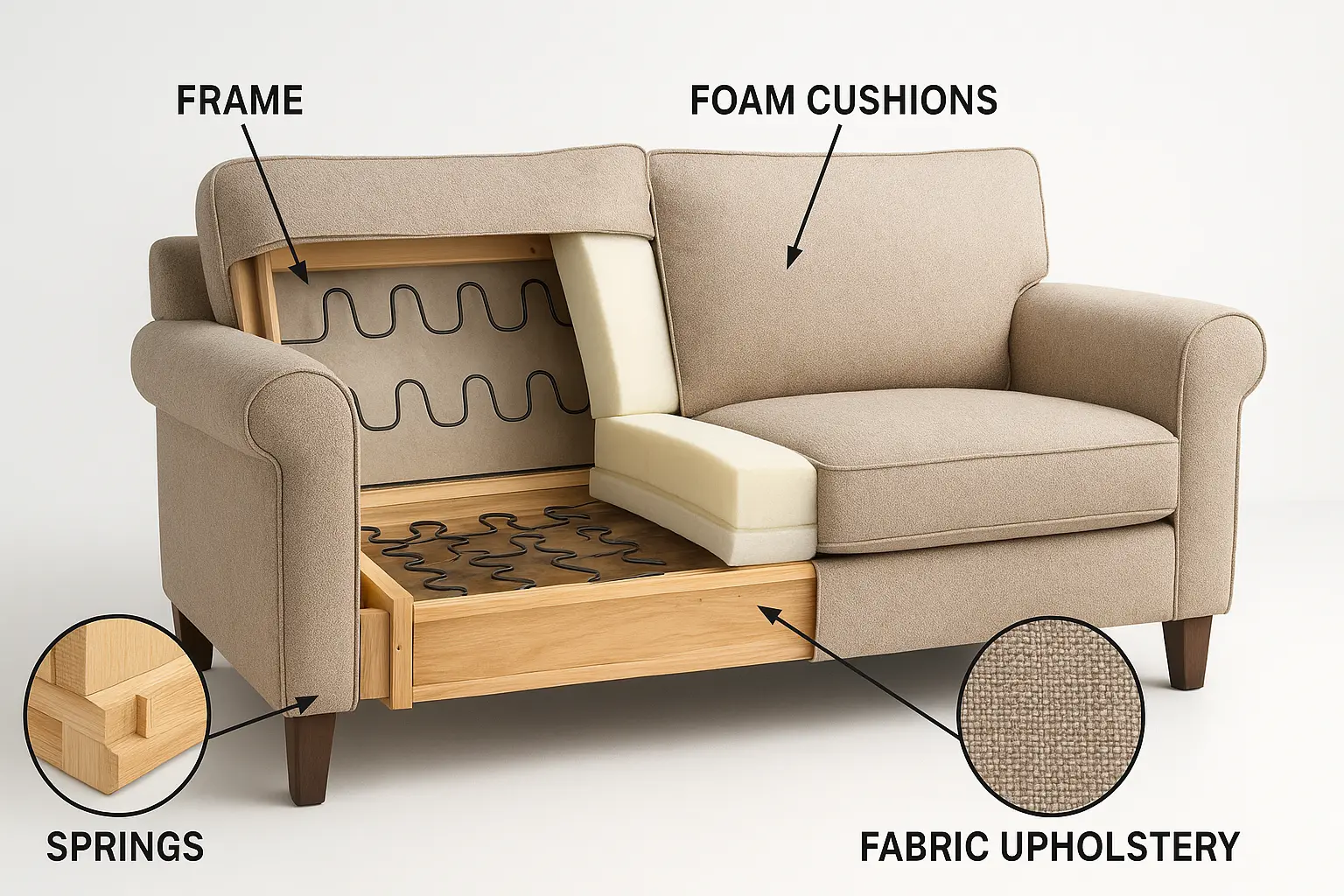
Detailed breakdown of sofa construction elements and how different materials and techniques affect comfort, durability, and long-term value of your furniture investment.
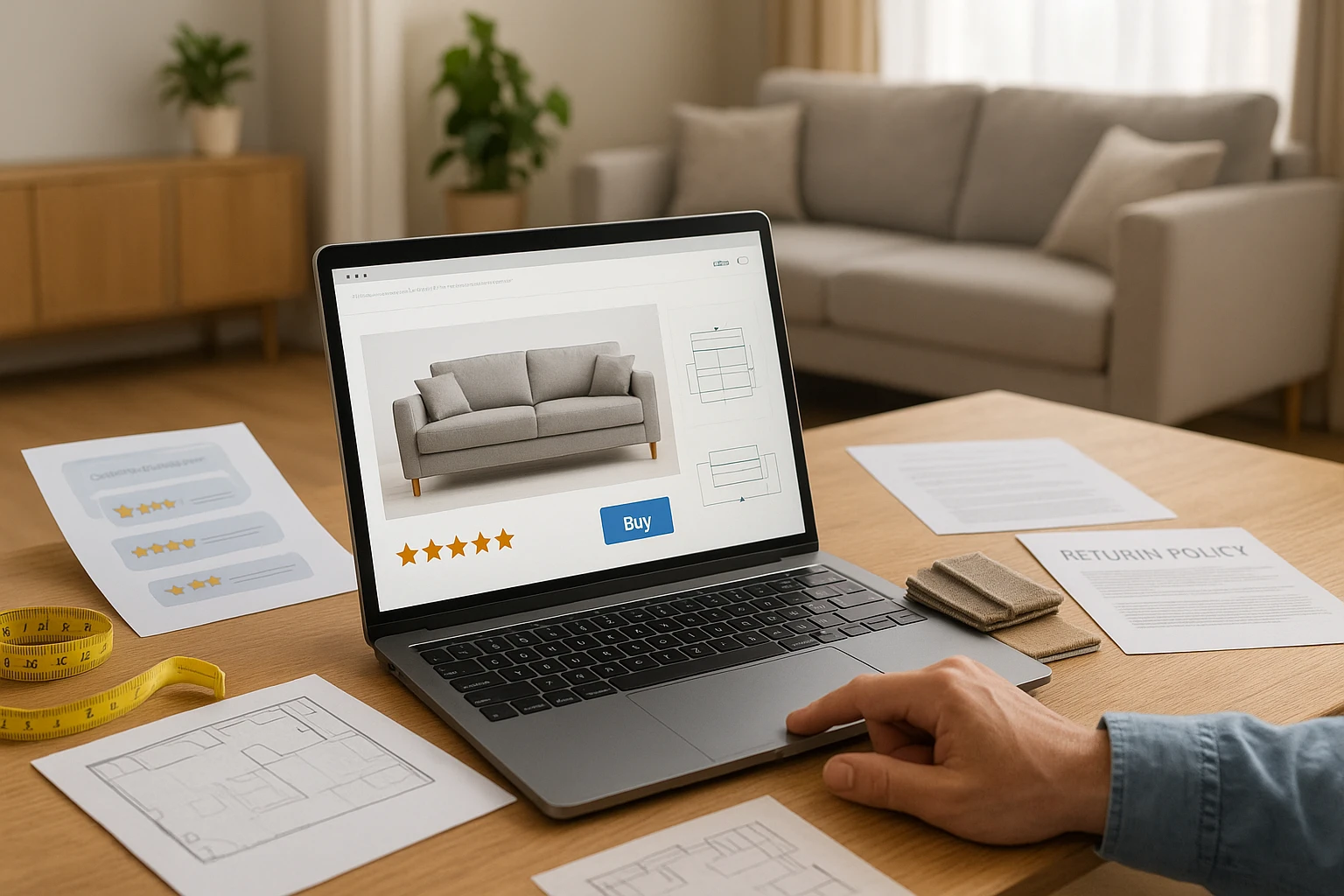
Essential guidance for navigating online sofa purchases including measuring advice, fabric selection, return policies, and avoiding common pitfalls in digital furniture shopping.